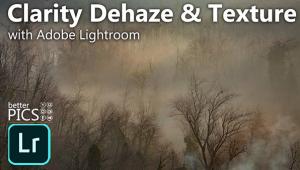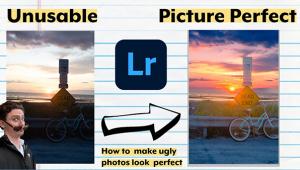Help!
Here Is A Quick Tip List On Letters For The HELP! Desk:
Please confine yourself to only one question per letter. Both postal letters and e-mails are fine, although we prefer e-mail as the most efficient form of communication. Send your e-mail queries to editorial@shutterbug.com with Help in the subject header and your return e-mail address at the end of your message. Although we make every effort, we cannot promise to answer every HELP! letter.
When sending a response or suggestion that refers to a published letter please include the month and page of the original question.
All postal letters to HELP! must be accompanied by a stamped, self-addressed envelope to be considered for reply. We will respond to e-mail queries with an e-mail.
More On 8mm Help!
As far as transferring 8mm to DVD, I agree that most equipment on the market is geared for commercial operation. With the very low resolution of 8mm/Super 8mm, a standard DVD should be able to play back as much detail as you can get out of that film size. In the past, I have copied my older silent movie films to DVDs using a fair-quality digital video camera in a darkened room. To do this, it is helpful to have a projector with a variable speed to adjust the frame rate to minimize flicker.
Rich Kolson
via e-mail
Thanks for providing additional information on the question about copying or transferring old 8mm/Super 8mm film to DVD (July 2009 issue of Shutterbug). Your suggestion of simply video taping a projected image in a darkened room might be an inexpensive and satisfactory method of accomplishing this for later transfer to a standard DVD. As you indicated, the equipment available on the market is intended for large commercial facilities and would undoubtedly be prohibitively expensive for an individual.
Desiccant Blues
Re: “Storage Problem,” submitted by John V. Girvin in the September 2009 issue of Shutterbug. This also happened to me years ago. I have some training in chemistry, and I’ll bet he used a product called Drierite, with the blue (dry) to pink (damp) indicator. This product is calcium sulfate (anhydrous) that uses a color indicator of cobalt chloride. Under some conditions, the cobalt chloride can release hydrogen chloride, which is the gas that, with water, forms hydrochloric acid. In a damp environment this gas is corrosive. In my case it took the nickel plating off the brass lens mount of a nice folding camera I had (Kodak Retina). I’ve had enough chemistry courses that I immediately recognized the pungent odor of hydrogen chloride. I don’t know why this happens. Too much moisture? Overheating it in the oven when reactivating it? Don’t know. Of course, reactivating it is best done in an electric oven, as gas ovens create moisture when they operate, impeding the drying process. The solution is to use silica gel, not Drierite. If you must use Drierite, make sure it is the plain variety, without the cobalt chloride, which turns from blue to pink.
John Widman
via e-mail
Thanks for sending your helpful comments on solving our reader’s problem with equipment storage in humid Florida. The noxious fumes he detected when opening the safe sounds similar to what you encountered. Although this will not help him repair the damage already done, it should help other readers avoid this problem in the future so they won’t attempt to use the wrong type of desiccant for long-term moisture protection.
Rangefinder Search
Q. I am looking for a rangefinder camera but cannot afford a Leica, not even a used one. I want a new Zeiss Ikon, but electronic devices make me think twice because I will be using them in extreme weather conditions like tropical jungles and dry deserts next to the sea. Do you see the Zeiss Ikon as a heavy-duty tool?
Octavio Valderrama
via e-mail
A. I have not tested any Zeiss Ikon cameras so don’t know how they would hold up under the extreme weather conditions you said you would encounter in South America. I believe all Zeiss Ikon cameras are quite old thus only used models would be available. Since you say you cannot afford any type of Leica rangefinder equipment—which tends to still command a high price even in today’s digital world—you might want to consider either a Voigtländer Bessa R or a Rollei 35 RF rangefinder camera. Both are relatively new (in the past 10 years) and should be available used at a more reasonable price today. You should be able to locate several of them in the used camera department of one of the large mail-order dealers.
Electro 35
Q. I own a Yashica Electro 35 GSN and am trying to find some reliable service facilities that can clean and repair the camera if it is required. Please help.
JD Cruz
via e-mail
A. I searched my database and found no listings for Yashica product repair. You might want to contact some of the advertisers in our monthly Service Directory ads. Two repair facilities that readers have commented favorably about include: CRJ Repair Co. (3435 Breckinridge Blvd., Ste. #130, Duluth, GA 30096; (888) 226-6678; www.camerarepairjapan.net) and Photography On Bald Mountain (113 Bald Mountain, Davenport, CA 95017; (831) 423-4465; www.baldmtn.com). The latter firm advertises that they specialize in older cameras. When sending any older equipment out for repair we suggest that you contact the firm and explain the problem to determine whether they can fix your camera, and obtain an estimate prior to sending the camera to them. Sometimes repairs on older, less popular products can be more expensive than the camera is worth.

































